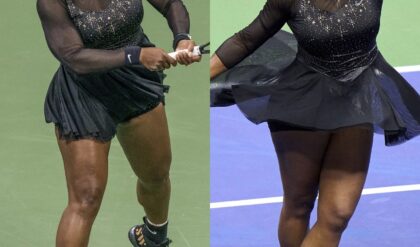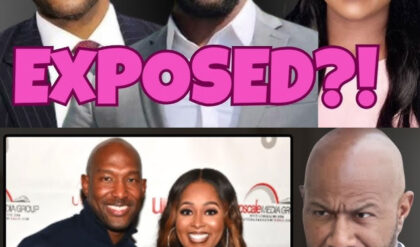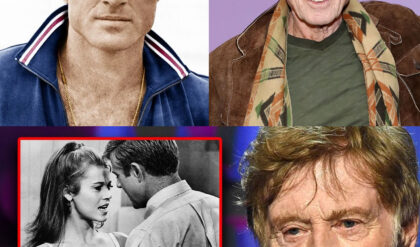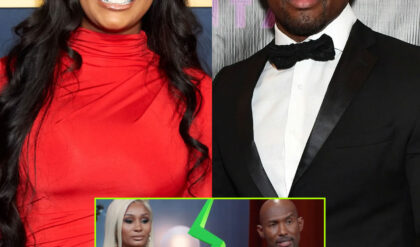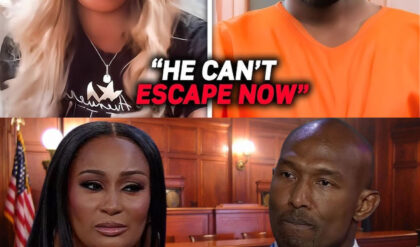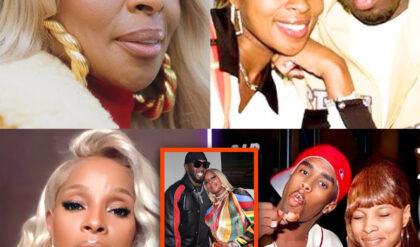The author reads from his brand new book, ‘Heartbreak Is the National Anthem: How Taylor Swift Reinvented Pop Music’” at two local bookstores

“Heartbreak,” out Tuesday — and likely an auto-buy for Swifties — is an eye-opener for non-Swifties Who Don’t Get It. A decoder for her It Factor.
And it’s not a biography. Sheffield, 58, does for Swift what he did for David Bowie and the Beatles in previous books. It’s an in-depth analysis of why the artist matters. Entire chapters devoted to analyzing tracks, lyric choices, and why he sees her as great.
Swift is “the most public of artists, yet also the most deeply weird and mysterious,” Sheffield writes. She’s “kept trying on different music and emotional identities all through her career. She leaves her Old Taylor behind … without losing any of her essential weirdness.” She likes to confuse, “to throw everybody off the trail.” She likes to “mess with fans’ minds.”
A guide through the most important stories of the morning, delivered Monday, Wednesday, and Friday.
As he was getting ready to speak at Harvard Bookstore Nov. 15, and in Swift’s part-time hometown in Westerly, R.I., Nov. 14, I called Sheffield at home in Brooklyn to talk about the book.
 The cover of “Heartbreak Is the National Anthem” and author Rob Sheffield.HarperCollins Publishers/Marisa Bettencourt
The cover of “Heartbreak Is the National Anthem” and author Rob Sheffield.HarperCollins Publishers/Marisa Bettencourt
Q. So what captivated you as you were eating your grilled cheese that day in 2007 and first heard “Our Song”?
A. I loved the audacity. A teenage girl with a guitar singing about her own life — there wasn’t a lot of that in 2007. It was almost a novelty. She’s saying: I’m a teenage girl, I love music, and I’m an expert on it. But there isn’t a song that does justice to how I feel. So I’ll write it myself.
I thought: What a cocky way to end a song [laughs]. There’s swagger there. I thought “This is a prodigy. I hope she maybe has another couple of songs before she burns out.” Little did I know.
Q. You don’t draw this direct line, but the way you describe why you love Swift is just how I’d describe why I love Bob Dylan: He’s never not Dylan. He’s mysterious. Creates his own myth. Unpredictable. He’s “a jigsaw puzzle that turns out to be a mirror.”
A. Oh my gosh, that’s such a great comparison. And it’s right there. They love to be maddening. Dylan gets the Nobel Prize and doesn’t show up. But on the other hand, he’s tweeting about this barbecue place he went to years ago.
Q. Exactly. You’ll never figure him out.
A. She has so much of that. I grew up in the ‘80s as a Dylan fan in Boston, hearing him on WBCN. It was a maddening fan experience, because every time you thought you knew what he should do next, he’d do the opposite. Being a Swift fan is absolutely at that level.
Q. The way you explain her “Taylors” had me thinking of Dylans: Christian, folkie, “Nashville Skyline,” Sinatra covers.
A. Now you’re making me wish we would get a Bob Dylan Eras tour.
Q. You liken her to Paul McCartney in her obsessiveness.
A. For Rolling Stone, Taylor interviewed Paul McCartney, and they talked about their obsession with numbers. I was like, “Oh my gosh, these two are unhinged in the same ways.”
Q. Why does she love Easter eggs so much?
A. Some of it comes from her love of the Beatles. When she was 16, an interviewer asked why she capitalized some letters in her CD booklet. She said, The capital letters spell a secret message. She explains she got the idea from the Beatles — you play the record backwards and hear: Paul is dead.
Q. She’s always planting clues. Where would you place her in the rock pantheon?
A. One of the all-timers. My last two books were about David Bowie and the Beatles, and she’s up there. I wanted to do justice to her music because people [typically] write about her fame, image, fashion, love life. But she’s been at the top for 18 years and is just as weird as ever.
Q. What do you think appeals to her core demographic of young girls?
A. She invites them to hear their lives as a story. The first time I saw her, I loved how she introduced herself: “My name is Taylor, and I write songs about my feelings.” She was telling, especially young girls, they each had a story worth telling. She demystified songwriting. I love how she explains: “This guitar is just a machine I used to write songs.”
Q. You wrote that around 2011, after you saw her audience, you told friends: “Ten years from now, my favorite music will be coming from these girls.”
A. You look at pop music in 2024 and it’s all Taylor Swifts — Sabrina, Chappell, Olivia, Billie. Taylor proved it could be done. We hear the results of her influence now in one hour of pop radio. That’s the heart of why she matters so much.
Q. You write, she’s “relentlessly Taylor” and some find her “infuriating and exhausting.”
A. She’s polarizing. Some of my friends say, “I wish I could go to an island for a year where I wouldn’t hear her name.” That’s not how I feel, but I get that — she’s an extreme personality. Part of the fun of being a Swift fan is arguing about her. … With this book, I wasn’t trying to settle any arguments. I just wanted to make them louder and livelier.
Q. Where do you see her going from here?
A. I’ve been trying for 18 years to guess what Taylor Swift’s next move might be. I’m batting zero for a million. But I love being outfoxed.
